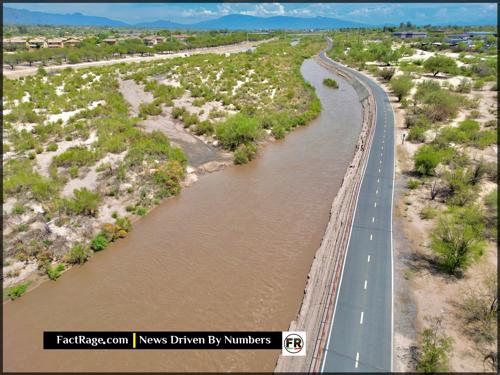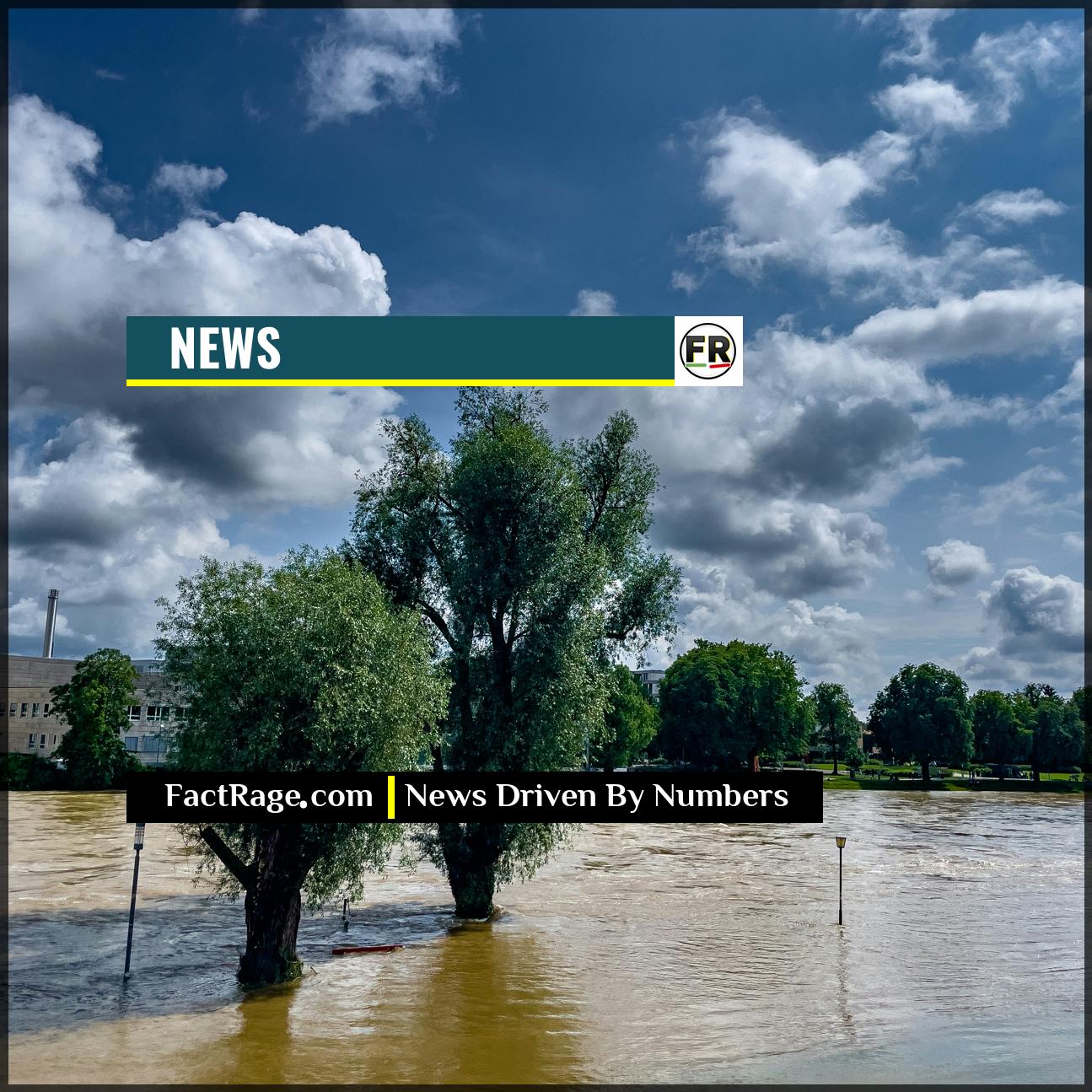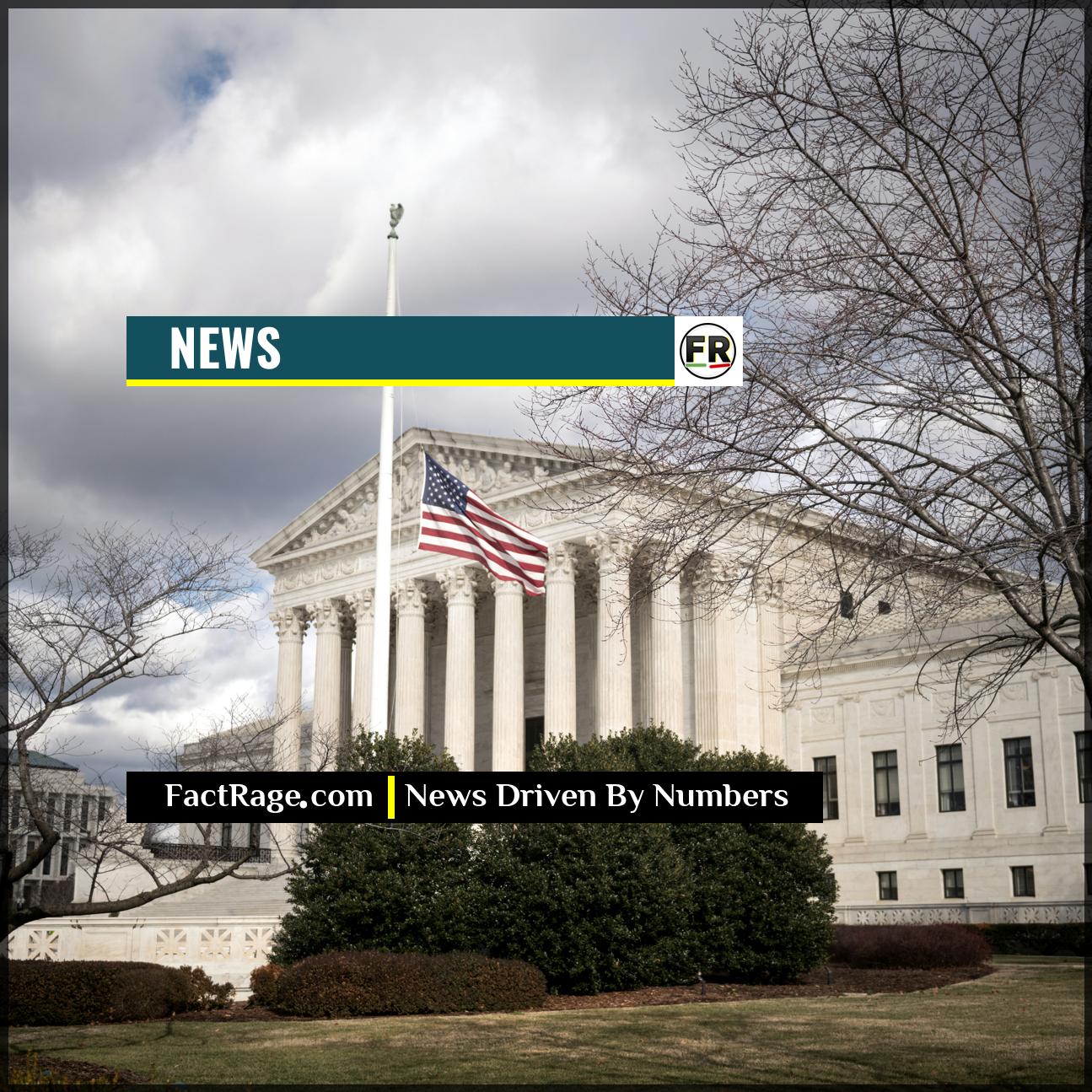A Year After Fire and Flood: What Is the State of Ruidoso’s Recovery?
RUIDOSO, NM – One year after a catastrophic combination of wildfire and flooding forced this mountain village to its knees, the community is locked in a slow and challenging struggle to rebuild lives, homes, and its very future.
- A Dual Disaster – In June 2024, the South Fork and Salt Fires burned over 25,000 acres, leading to the evacuation of 8,000 residents before torrential rains caused catastrophic flash flooding.
- The Human Cost – The disaster claimed at least two lives and destroyed an estimated 1,400 homes and structures, displacing hundreds of families and fundamentally altering the landscape of the community.
- A Fraught Recovery – Residents now navigate a complex web of federal aid, insurance claims, and local rebuilding efforts, facing hurdles that range from contaminated water systems to the immense psychological toll of the loss.
The federal disaster declarations have been signed and the national news crews have largely moved on. For the people of Ruidoso and the neighboring Mescalero Apache Reservation, however, the disaster is a daily reality. The story now is one of resilience, frustration, and the monumental task of putting a community back together.
Beyond the Disaster Declaration
![]() The national news cycle has a short memory for disasters, but for American towns like Ruidoso, the recovery is the real story. This is where the resilience of a community is tested against a tangled web of bureaucracy, insurance battles, and profound personal loss. It’s in these places, long after the cameras leave, that the true character of a place is revealed.
The national news cycle has a short memory for disasters, but for American towns like Ruidoso, the recovery is the real story. This is where the resilience of a community is tested against a tangled web of bureaucracy, insurance battles, and profound personal loss. It’s in these places, long after the cameras leave, that the true character of a place is revealed.
Read On…
This report from the ground in Ruidoso chronicles the unseen aftermath and documents what it truly takes for a community to rebuild from both ash and mud.
What a Town Looks Like After the Water Recedes

Driving through the canyons and valleys of Ruidoso today is an exercise in contrasts. On some streets, the familiar rhythm of a mountain tourist town seems to be returning. In others, the scars of June 2024 are unavoidable. Foundations sit empty where homes once stood, scoured clean by fire and water. Piles of debris and blackened trees line the Rio Ruidoso, a constant reminder of the floodwaters that raged through here after the fires had passed.
The sequence of events was brutally swift. The South Fork Fire exploded with little warning, forcing a frantic, town-wide evacuation. Just as the fire threat was being contained, the burn scar, stripped of vegetation, was unable to absorb heavy rainfall. This sent a torrent of water, ash, and debris through the village, washing away cars, bridges, and the remnants of homes the fire had spared. How does a community even begin to process, let alone recover from, two distinct, large-scale disasters in the span of a few days? For many, the first step was simply returning to see what, if anything, was left.
The Economic Scars on a Tourist Hub
Ruidoso’s economy is deeply intertwined with tourism, Ruidoso Downs Race Track, and the natural beauty of the Lincoln National Forest. The disaster struck at the very beginning of the crucial summer season, crippling the town’s primary economic engine. A year later, the recovery is uneven.
While some businesses in the less-affected midtown area have reopened, many others, particularly those closer to the river, are gone for good or are mired in the rebuilding process. The central question for the town’s leadership and business owners is how to signal that Ruidoso is open for business while respecting the ongoing trauma and the visible signs of destruction. Restoring visitor confidence is paramount, but it is a difficult task when critical infrastructure, from roads to the local water system, required massive repairs following widespread contamination from ash and debris.
Navigating the Labyrinth of Aid and Rebuilding
For residents who lost everything, the path back is a bureaucratic marathon. The aftermath of the flood and fires has become a full-time job of navigating paperwork for FEMA assistance, haggling with insurance adjusters, and securing permits for rebuilding. Many have encountered a frustrating reality: insurance policies that cover fire but not floods, or vice-versa, leaving them underinsured for the dual nature of the catastrophe.
Federal aid, while essential, has its limits and complexities. Stories abound of residents struggling to provide the right documentation or waiting months for decisions. This process adds a layer of administrative stress to the already immense emotional and financial burden. Local non-profits and community groups have stepped in to fill the gaps, organizing volunteers and distributing donations, but the scale of the need is immense. The question on many minds is whether the available aid will be enough to allow the community to rebuild in a way that is more resilient to future fires and floods.
More Than Ash and Memory
![]() The full story of Ruidoso’s recovery won’t be found in federal aid reports or disaster statistics; it’s being written in the daily resilience of its people. This is a narrative that has played out in countless American towns transformed by flood, fire, or economic collapse, a test of community character against immense loss. How the people of this mountain village navigate the long road ahead will ultimately define not just their future, but their place in the ongoing story of American endurance.
The full story of Ruidoso’s recovery won’t be found in federal aid reports or disaster statistics; it’s being written in the daily resilience of its people. This is a narrative that has played out in countless American towns transformed by flood, fire, or economic collapse, a test of community character against immense loss. How the people of this mountain village navigate the long road ahead will ultimately define not just their future, but their place in the ongoing story of American endurance.



